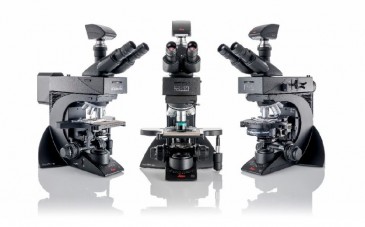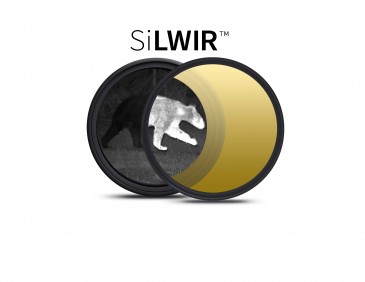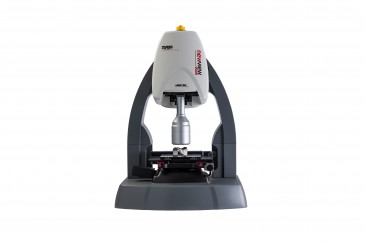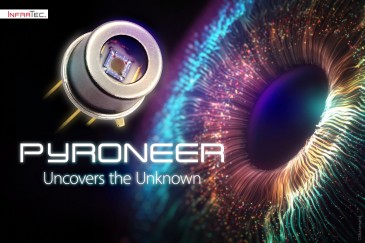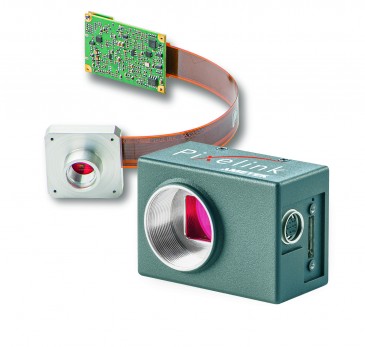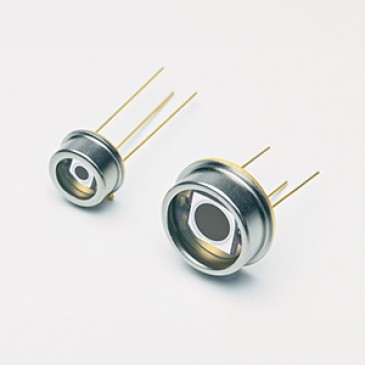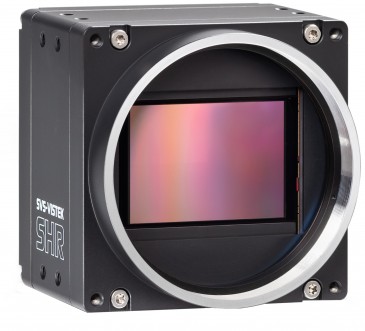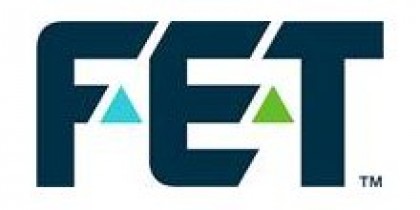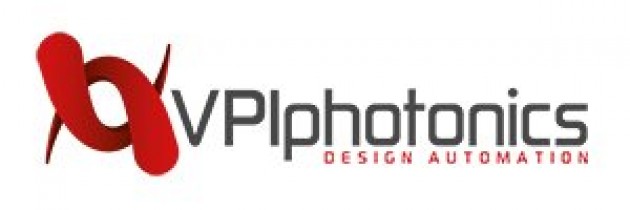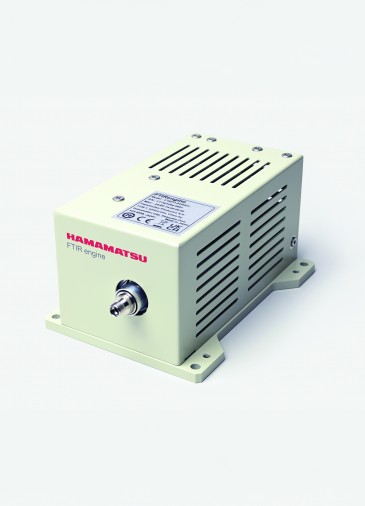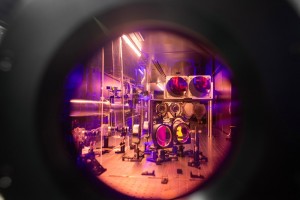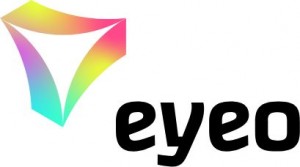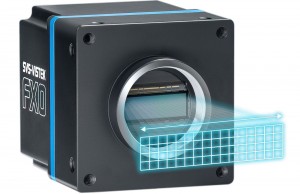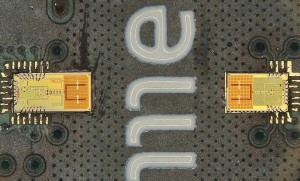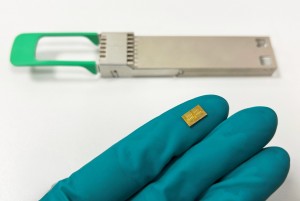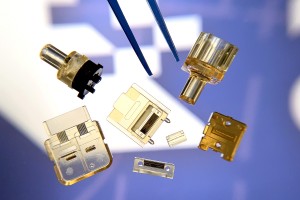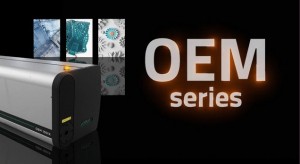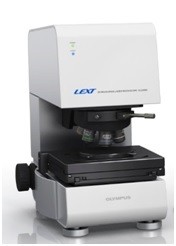
The fields of Information Technology (IT) and Digital Forensics have encountered many situations where stored digital information is desired but its storage media has been severely damaged. Based on the exploration of confocal microscopy as a means of recovering data from damaged optical media, the Olympus LEXT OLS4000 3D laser scanning confocal microscope is now being used to retrieve such information.
Every day, CDs and DVDs allow the public at-large to burn almost everything in reach to optical media. Situations routinely occur where the only available data resides on optical media and that media has been severely damaged: significantly scratched, chemically altered, suffering from surface destruction or broken into multiple pieces. In such cases, there may only be parts of the original media but people wish to recover whatever data they can.
Factory-pressed and home-burned optical media use different technologies: factory-pressing burns physical pits into the media while home-burning causes colour changes on a film layer. Both technologies can be imaged using the Olympus LEXT OLS4000.
Once a magnified image of the media has been made using the LEXT OLS4000, a region of consecutive dots and dashes is selected. Each dot and dash is measured. Then, the encoding algorithm used to convert the original data into dots and dashes is reversed. There are only a handful of such algorithms in use and most of them are publicly available. These algorithms don’t encrypt the data; rather, they simply encode it such that the information is stored efficiently and redundantly. This redundancy is significant for data recovery because it means that limited damage might not destroy all copies of original data and there is a better chance of recovering more of the original data even in cases where the complete original media does not exist.
Damaged optical media presents a variety of challenges to those trying to recover the data because damage can vary considerably. A disc may be unreadable by normal means because it is in pieces or simply due to wear such as surface scratches. Media that has been wilfully destroyed such as a disc broken into multiple pieces is something that has gained particular attention because to a large degree the data often stays intact; it just has a damaged “container.” Using the LEXT OLS4000, data patterns can be measured to confirm whether or not data impact has occurred. If it has, it may still be possible to adjust the algorithms to handle the impact of the damage and recover the data based on the measurements.
There are many implications to this type of work. One is simply recovering data that was thought to be lost. Another is just the opposite. By understanding the characteristics that allow for potential data recovery, security techniques can be adapted so that data is unrecoverable.
All of the challenges necessary for efficient data recovery from damaged optical media have not yet been solved, but the Olympus LEXT OLS4000 has helped to refine what is possible by providing the 3D visualisation and measurement aspects needed to obtain usable information from optical media.
The Olympus LEXT OLS4000 laser confocal microscope system is designed to deliver nanometre-level imaging, 3D measurement and surface roughness analysis. A range of measurement modes is available: each designed to efficiently enable specific analysis results.





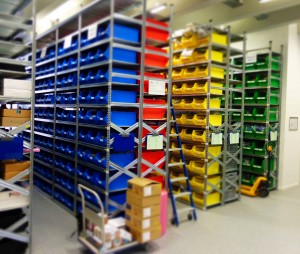


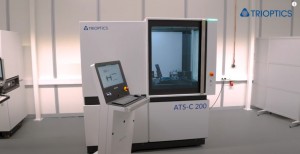
















 Back to Products
Back to Products